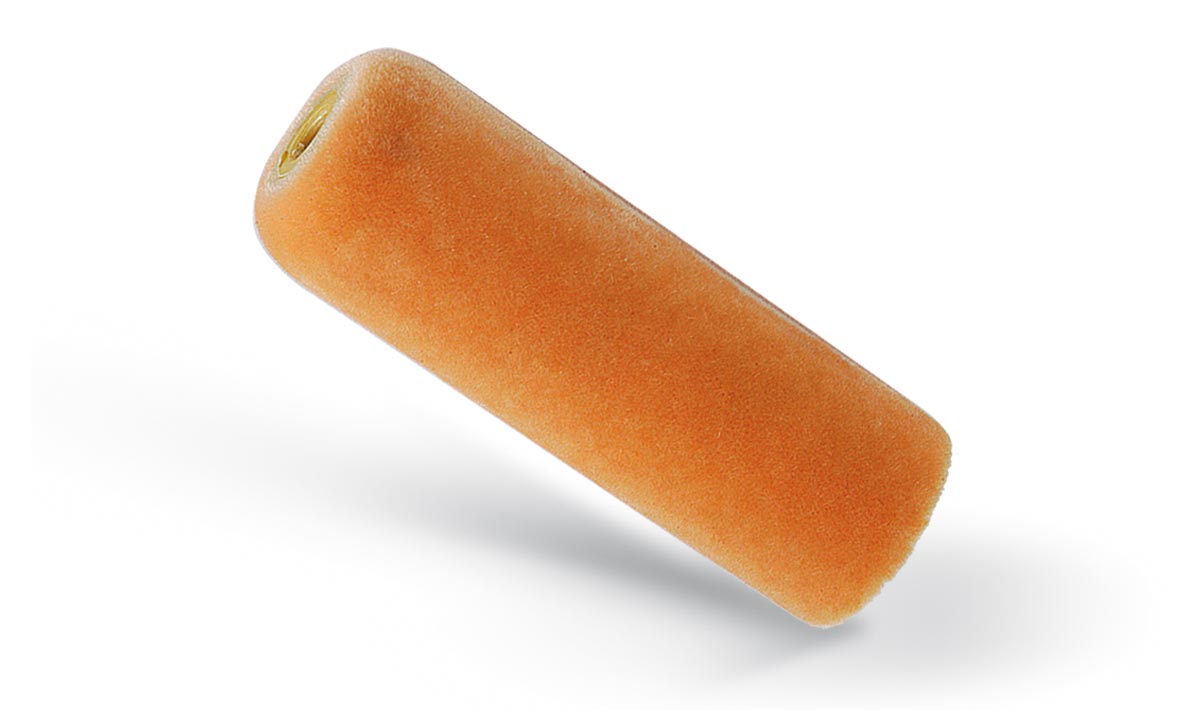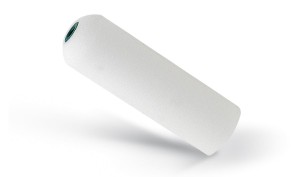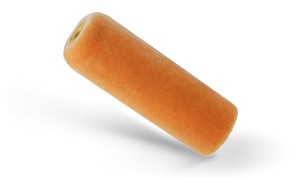
Foam Rollers for Painting: Characteristics, Types and Uses
Foam Rollers for Painting: Characteristics, Types and Uses
Foam paint rollers are essential tools for any painting hobbyist or professional.. Their versatile and efficient design makes them a popular choice for a variety of painting projects.. In this article, We will explore the key features of foam rollers, the different types available, how to use them correctly and the paints they can be used with. We will also take a look at some popular brands on the market.
Features of Foam Rollers:
- Quality Foam: Foam rollers are designed with a high-density foam cylinder that provides even paint distribution and a smooth finish.
- Variety of Sizes: They come in a variety of sizes, from small detail rollers to larger size rollers to cover larger areas efficiently.
- Comfortable Handle: Most foam rollers have an ergonomic handle that makes it easy to handle and control during application..
Types of Foam Rollers:
- Pore rollers 0
- flocked rollers

Foam roller for painting with enamels

flocking sponge roller
Method of Use:
- Surface Preparation: Make sure the surface is clean, dry and free of dust before starting to paint.
- Paint Load: Pour an appropriate amount of paint into a paint tray. Then, Dip the foam roller into the paint and make sure it is evenly covered.
- Application: Gently glide the roller over the surface in long, even strokes. Avoid applying too much pressure, as this could cause unwanted marks.
- Coatings and Finish: To obtain a uniform finish, apply several thin coats of paint instead of one thick coat. Let each coat dry before applying the next..
Compatible Paint Types:
Foam rollers are compatible with a variety of paints, including:
- Water Based Paints: They are ideal for interior projects and provide a uniform finish.
- Aceite-Based Paintings: They are suitable for indoor and outdoor projects, and provide long-lasting and resistant coverage.
- Acrylic paintings: They are versatile and can be used on a variety of surfaces, including wood, metal and plasterboard.
